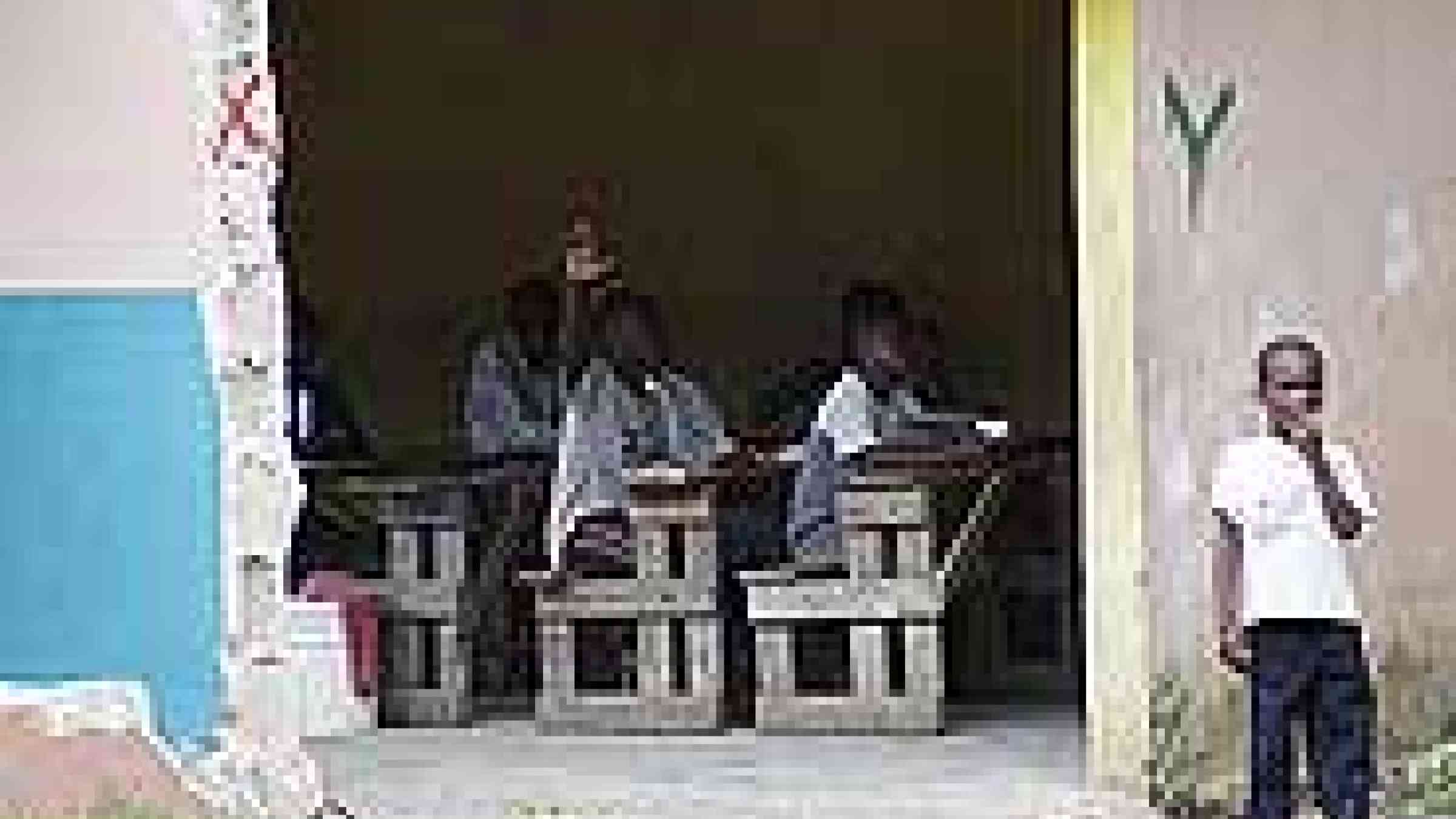UNICEF: Rebuilding Haiti’s education system one year after the earthquake

'Beyond School Books' – a podcast series on education in emergencies. Podcast #32
By Pi James
Children in Haiti are still reeling from the lingering impact of the 12 January 2010 earthquake. Here is one in a series of stories on the long road from relief to recovery, a year later.
New York, USA – UNICEF Radio podcast moderator Amy Costello spoke late last month with Carlos Vasques, architect and UNICEF Education Specialist, and Tania McBride, UNICEF Communication Specialist, to find out how the education system in Haiti is managing to move forward a year after the earthquake that devastated the country’s schools, affecting millions of children.
Today in Haiti, UNICEF and its partners are focused on reconstruction efforts – building semi-permanent schools with hurricane- and earthquake-resistant designs to ensure children’s access to quality education in a safe environment.
Children who have moved from school tents into semi-permanent structures seem “really happy to be back at school,” said Ms. McBride, who recently returned from three weeks in Haiti. But many are still suffering from deeper psycho-social problems, she added.
School design concerns
“Believe it or not, children were afraid of going back to schools that were made out of bricks or reinforced concrete because they associate collapse with a certain type of construction,” said Mr. Vasques.
“That was also part of our initial design concern when we were thinking about the semi-permanent schools. If you are able to pick on how children perceive space and how do they perceive the disaster, if you’re paying attention as an architect, you should be able to integrate their concerns into your design process,” he continued.
“On the surface of it, the children seem very happy at school – learning, playing with their friends, interacting with their teachers,” noted Ms. McBride, “but one particular mother told me that her children weren’t actually doing so well.
“Her youngest daughter, who was about five, didn’t sleep well at night. They didn’t like to be separated from her for too long, and she, as a parent, didn’t like to be separated from her children.”
‘Wish list for 2011’
Mr. Vasques concluded by looking to the future.
“It is fundamental that as an organization, as political institutions, we all agree on certain basic things that would enhance the security of the school environment, both from a humanitarian perspective and from a disaster-risk reduction perspective,” he said. “That would be my wish list for 2011.”